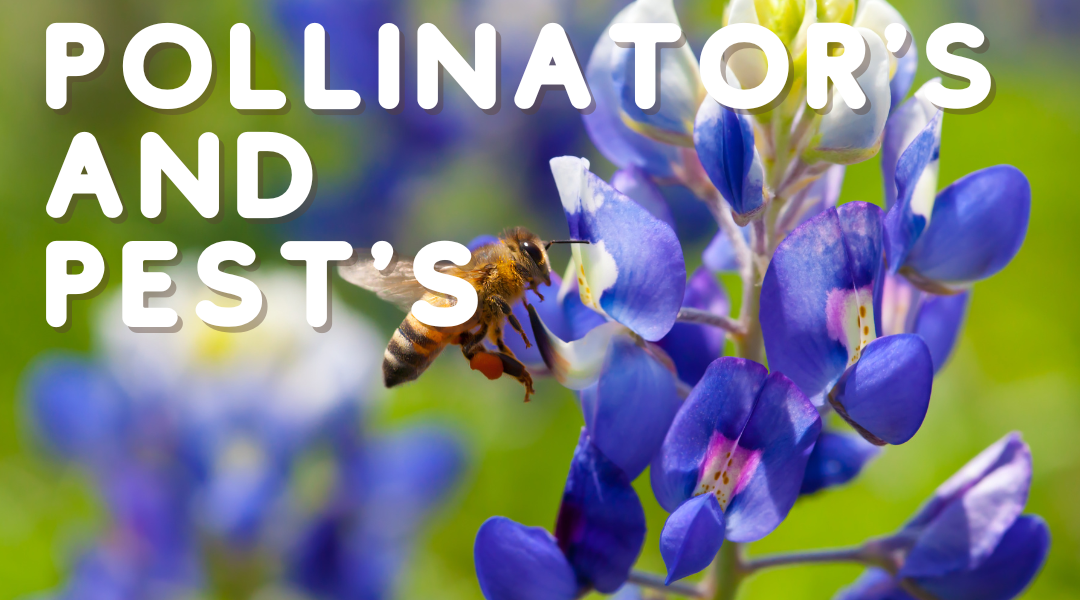Pollinator’s and Pest’s
Written By: Sarah van der Heide
Edited By: Howie Nguyen
Designed By: Sarah van der Heide & Howie Nguyen
Published By: Howie Nguyen
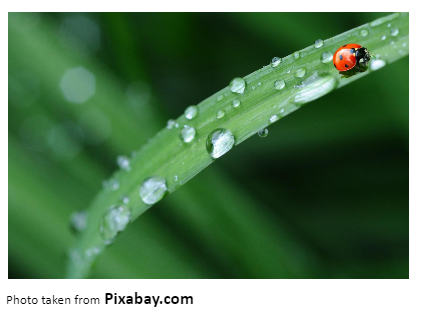
Gardening is one of the most exciting exploits of springtime. However, with growing plant life comes many tiny civilizations forming around us.
The insect world is bustling and daunting for those unacquainted with its inhabitants. While people may want to get outside and experience nature, they may fear those within it. Insects get misconstrued as scary, harmful, and generally gross, while in reality, they are very frequently our friends!
- There are four primary categories of insects:
- Pollinators: insects that nourish the land and help pollinate plant life. Our lives depend on these insects.
- Pests: pests eat the land and destroy food.
- Predators: predators eat pests and allow the food to last.
- Parasites: parasites create parasitic bonds to pests (such as laying eggs within them), destroying them without eating them, and serving a similar purpose to predators.
We will be focusing on identifying and understanding pollinators, predators, and parasites so that you become familiar with them and look forward to meeting them in your garden.
Pollinators
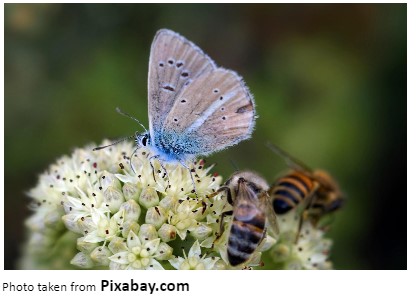
There are tons of creatures pollinating our gardens, orchards, and fields. Generally, we have small mammals, birds, bats, beetles, butterflies, moths, wasps, and bees to thank for plant growth. They all have different methods of pollination. As you may imagine, your dog running through a garden won’t be spreading pollen the same way a butterfly would.
Flowers will entice insects with a sugary smell, known as nectar. Nectar is one of the things butterflies love to eat, and bees use it to make honey. When the insect stops collecting nectar, pollen from the flower will stick to its body. When the insect finishes siphoning nectar, it will move on to the next flower, where it will get more pollen and leave some behind. This exchange of pollen nurtures the flowers and allows for cross-pollination. Cross-pollination strengthens the plants and can create incredible natural variations in some fruits and vegetables.
While moths and wasps may be underappreciated and viewed as scary compared to their butterfly and bee counterparts, they pollinate too! They are just as important and exactly as wonderful. The lives of our pollinators have been put at risk in part by modern lawns. Allowing natural plants and wildflowers to live in your yard will allow pollination and new life to flourish. Remember, the beetle is more afraid of you than you are of it.
Predators
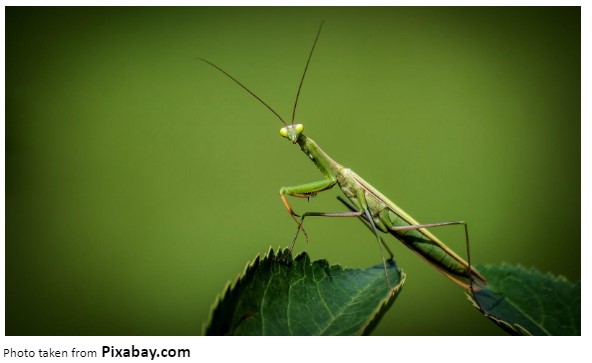
The word predator sounds intimidating by nature. However, the garden predators are some of the most beloved creatures. Ladybugs, praying mantis, hoverflies, ground beetles, and soldier beetles are all examples of “vicious” predators in your garden.
Don’t let the title predator scare you! These insects will only feast on the pests in your garden that destroy your plant life. Predators are essential to maintaining a healthy balance in your garden and should be respected as they work. Some predators, such as hoverflies, are also pollinators which means their work in your garden is extra valuable. Instead of spreading pesticides in your garden, perhaps foster plants such as carrots, peas, dill, or fennel to encourage predators to work for you.
Parasites
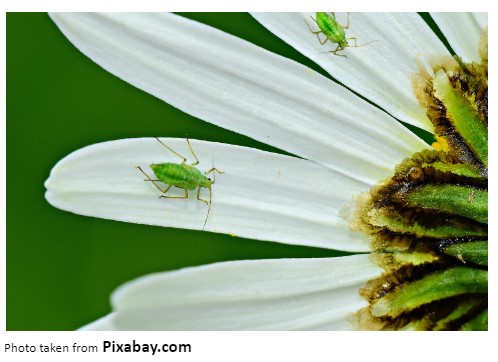
Parasites get overlooked as being gross or even horrifying. However, when it comes to your garden, they are heroes that protect your plant life from certain death. Parasites use unique methods of maintaining order via laying eggs in pests or perhaps affixing themselves to an unwanted guest in your garden. Examples of parasites you might find in your garden are parasitic wasps, aphids, leaf rollers, earwigs, and even ants.
Parasites should be respected and left alone, just as pollinators and predators. These three teams work in tandem to maintain your garden, and you have them to thank for what life it produces. Insects can be scary when they’re unfamiliar. But by learning, you can work with them to create the best garden.
New Leaf
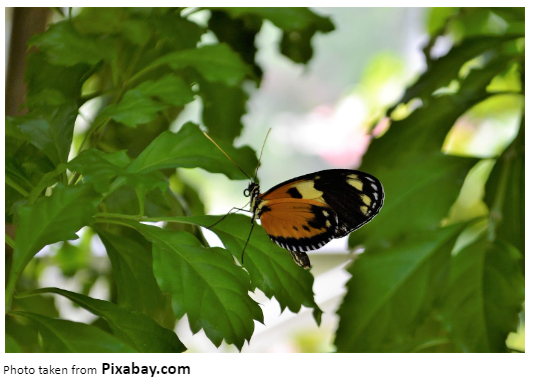
This spring, I recommend you challenge yourself to work closely with the bugs in your garden. To grow comfortable with them and learn about what they do. Nature is beautiful and can take time to understand.
References
2.4 million+ stunning free images to use anywhere – pixabay. (n.d.). Retrieved June 15, 2022, from https://pixabay.com/
Macdonald, M. (2020, July 8). Planting to attract predatory insects. West Coast Seeds. Retrieved June 15, 2022, from https://www.westcoastseeds.com/blogs/garden-wisdom/planting-attract-predatory-insects
Sweetser, R. (2022, January 24). Beneficial insects in the garden. Almanac.com. Retrieved June 15, 2022, from https://www.almanac.com/beneficial-insects-garden
Terpstra, J. (2017, September 25). Meet Ontario’s pollinators. Meet Ontario’s Pollinators | Ontario Agricultural College. Retrieved June 15, 2022, from https://www.uoguelph.ca/oac/news/meet-ontarios-pollinators

